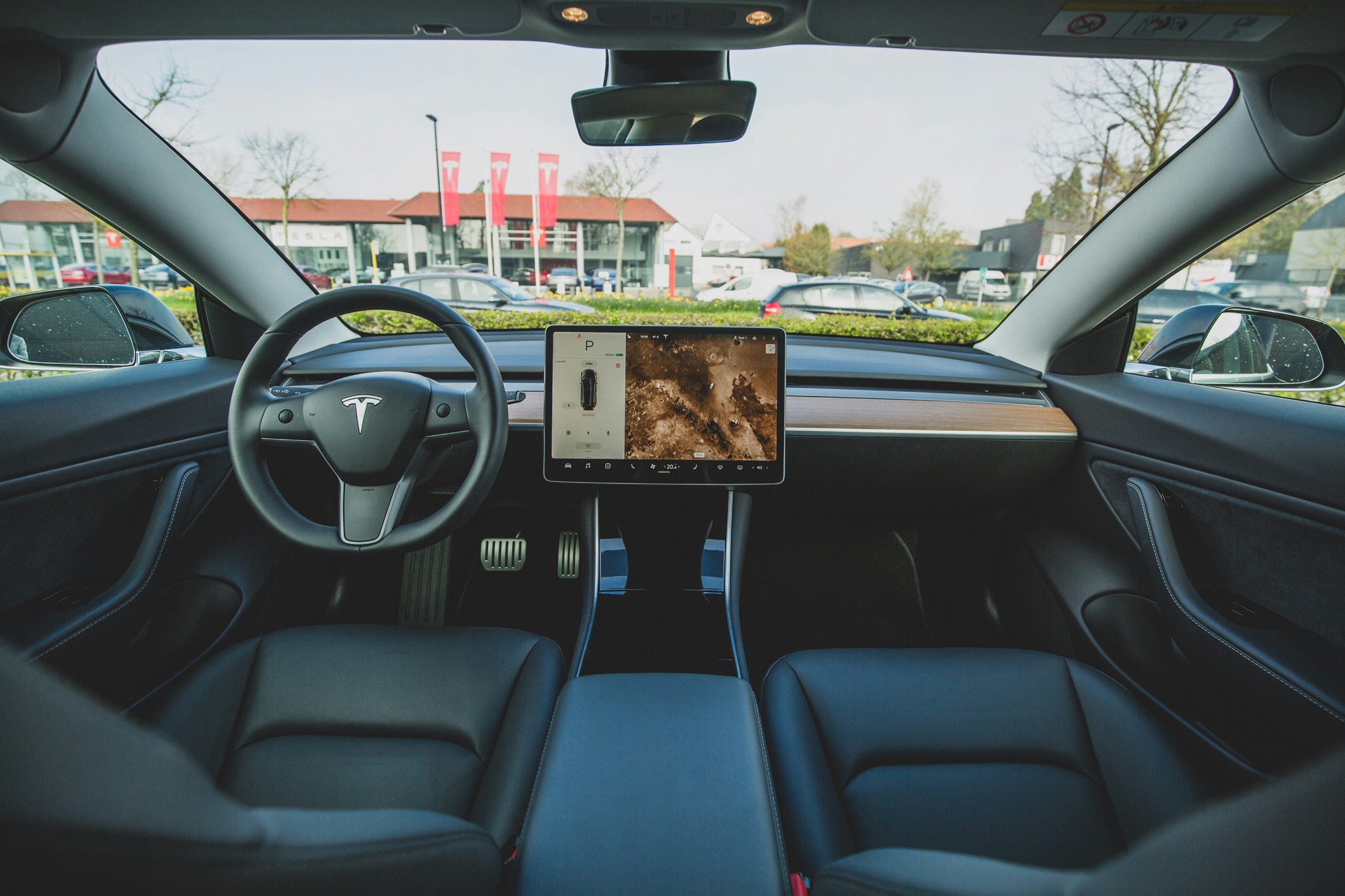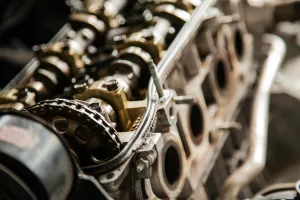Tesla, under the leadership of Elon Musk, has been at the forefront of revolutionizing the automotive industry with its advanced electric vehicles and groundbreaking autonomous driving technologies. Among its most ambitious and discussed innovations is the Full Self-Driving (FSD) system, a suite of advanced driver-assistance features aimed at enabling cars to navigate and drive autonomously without human intervention. Tesla’s vision for FSD is not just about creating a car that drives itself; it aims to redefine transportation by making it safer, more efficient, and more accessible. This technology is constantly evolving, with Tesla pushing the boundaries of what’s possible in automotive innovation. But what exactly does this entail, and what challenges does it face? Let’s dive deeper into the intricate world of Tesla’s Full Self-Driving system.
Understanding Tesla’s FSD
Tesla’s Full Self-Driving system is an advanced extension of its Autopilot technology, designed to handle more complex driving tasks. FSD is built on a foundation of deep learning and artificial intelligence, utilizing an extensive network of cameras, sensors, and radars to interpret and interact with the environment.
The Evolution from Autopilot to FSD
Autopilot, Tesla’s initial step into autonomous capabilities, provided drivers with features like adaptive cruise control and lane-keeping assistance. FSD takes these features further by aiming to completely automate the driving experience. The transition from Autopilot to FSD represents a leap in technological sophistication, requiring not just better hardware but also more advanced algorithms capable of handling a wider array of driving scenarios.
Key Components of Tesla FSD
The FSD system is a harmonious blend of cutting-edge hardware and sophisticated software, each playing a crucial role in achieving autonomy.
Hardware
Tesla’s vehicles are equipped with a custom-built hardware suite, including eight surround cameras providing 360 degrees of visibility, 12 ultrasonic sensors, and a forward-facing radar. The onboard computer, known as the Full Self-Driving Computer or Hardware 3, is specifically designed for neural network processing, providing the computational power necessary for real-time driving decisions.
- Cameras and Vision: The eight cameras offer a comprehensive view around the vehicle, essential for tasks like recognizing pedestrians and road signs.
- Ultrasonic Sensors: These are crucial for detecting nearby objects, especially in low-speed scenarios like parking.
- Radar Technology: This helps in determining the speed and distance of objects, crucial for safe navigation in dense traffic.
Software
The software aspect of FSD is where Tesla’s innovation shines. The system uses advanced machine learning algorithms to interpret data from its sensors, allowing the vehicle to understand and navigate its surroundings. The software is continuously updated through over-the-air updates, enhancing its capabilities and performance over time.
- Over-the-Air Updates: These updates ensure that Tesla’s vehicles are always equipped with the latest features and improvements without needing a physical visit to a service center.
- Real-Time Data Processing: The software can process vast amounts of data in real-time, allowing the car to make split-second decisions necessary for safe driving.
Neural Networks and Machine Learning
Tesla employs a sophisticated approach to machine learning, using neural networks to process and interpret the vast amounts of data collected by the vehicle’s sensors. This approach enables the car to make informed decisions based on patterns and scenarios it has learned over time.
- Data Collection and Training: Tesla collects billions of miles of driving data from its fleet, which is then used to train its neural networks. This data-driven approach is key to improving the FSD’s accuracy and reliability.
- Simulations: Before deploying new features, Tesla uses simulations to test various driving scenarios, ensuring that the FSD system can handle real-world conditions effectively.
FSD Features
Tesla’s FSD system is packed with features designed to enhance the driving experience and move closer to full autonomy.
Navigate on Autopilot
This feature enables the car to guide itself on highways, from on-ramp to off-ramp, including suggesting and making lane changes, navigating highway interchanges, and taking exits.
- Lane Change Decisions: The system evaluates traffic conditions and navigational requirements to make smooth lane changes.
- Exit Ramps: It autonomously takes the correct exit based on the destination set in the navigation system.
Auto Lane Change
While on the highway, the vehicle can autonomously change lanes to overtake slower cars or align with the route navigation.
- Safety Protocols: The system checks blind spots and ensures there is adequate space before initiating a lane change.
- Driver Override: Drivers can manually intervene if they wish to change lanes differently than the system suggests.
Autopark
When activated, the system can automatically park the car in both parallel and perpendicular spaces.
- Precision Parking: Using its sensors, the vehicle identifies suitable parking spots and maneuvers into them with precision.
- User Control: Drivers can oversee the process and take control if necessary.
Summon
The Summon feature allows the car to be called to its owner’s location or navigate out of tight parking spaces without anyone in the car.
- Tight Spot Navigation: This is particularly useful in cramped parking lots where getting in and out of the car is difficult.
- Remote Operation: Owners can control Summon using their smartphone app, providing an added layer of convenience.
Traffic Light and Stop Sign Control
The vehicle can recognize and respond to traffic lights and stop signs, making autonomous driving more feasible in urban and residential areas.
- Signal Recognition: The system uses its cameras to detect traffic lights and adjust speed accordingly.
- Stop Sign Compliance: It ensures the vehicle comes to a complete stop at stop signs before proceeding.
Challenges and Controversies
Despite the significant advancements, Tesla’s FSD technology is not without its challenges and controversies.
Regulatory Hurdles
Autonomous vehicle regulations vary by jurisdiction, and Tesla has faced scrutiny regarding the marketing and capabilities of its FSD system. Ensuring compliance with diverse regulatory frameworks remains a significant challenge.
- Varying Standards: Different countries and even states have their own set of regulations, making it challenging for Tesla to create a one-size-fits-all solution.
- Certification Processes: Autonomous features must undergo rigorous testing and certification before they can be deployed, which can delay rollouts.
Safety Concerns
Incidents involving Teslas on Autopilot have raised questions about the safety and reliability of autonomous systems. Tesla continues to emphasize that drivers should remain attentive and ready to take control at any time.
- Human Supervision: Tesla’s current FSD requires a human driver to be ready to intervene, highlighting the system’s limitations in handling unpredictable scenarios.
- Public Perception: Accidents involving autonomous features can lead to negative public perception, affecting the adoption and trust in the technology.
Technological Limitations
While Tesla’s FSD has made substantial progress, achieving full Level 5 autonomy—where no driver attention is ever required—is still a goal yet to be realized. The technology must consistently demonstrate its ability to handle an exhaustive range of driving scenarios and conditions.
- Edge Cases: These are rare and complex driving scenarios that the system must be able to handle, such as unusual weather conditions or unexpected obstacles.
- Continuous Improvement: Tesla is constantly working on improving the technology, but there is still a long way to go before achieving complete autonomy.
The Future of Tesla FSD
Tesla’s vision for Full Self-Driving is ambitious, aiming to transform the way we think about transportation. The company is continuously iterating on its technology, with Elon Musk often discussing the potential for a future where Teslas can operate as autonomous robotaxis, providing a new form of ride-sharing service.
Robotaxi Network
Tesla envisions a world where its vehicles can be summoned as autonomous taxis, providing a cost-effective and efficient transportation solution.
- Economic Impact: Such a network could significantly reduce transportation costs for users while providing a new revenue stream for Tesla owners.
- Environmental Benefits: With electric vehicles at its core, this model promotes a greener alternative to traditional gasoline-powered taxis.
Continuous Innovation
Tesla is known for its relentless pursuit of innovation, and FSD is no exception. The company is investing heavily in AI research and development to push the boundaries of what’s possible in autonomous driving.
- AI and Deep Learning Advancements: Tesla’s investment in AI research is expected to yield breakthroughs that will enhance the capabilities of FSD.
- Partnerships and Collaborations: Collaborating with tech companies and universities could accelerate the development of autonomous technologies.
Industry Impact
Tesla’s advancements in FSD have set a benchmark for the automotive industry, prompting other manufacturers to accelerate their own autonomous vehicle programs.
- Competitive Pressure: Automakers are investing heavily in their autonomous systems to keep up with Tesla’s pace.
- Shared Knowledge: The automotive industry benefits from the collective advancements, with open-source projects and collaborations helping to drive progress.
Practical Tips for FSD Users
For those who currently own a Tesla with FSD capabilities, there are several practical tips to maximize the system’s effectiveness and ensure safety.
- Stay Informed on Updates: Regularly check for software updates and install them promptly to benefit from the latest features and improvements.
- Understand System Limitations: Be aware of what FSD can and cannot do, and maintain readiness to take control if needed.
- Engage Safety Features: Use the vehicle’s safety features, such as collision warnings, to complement the FSD system.
Common Mistakes and How to Avoid Them
As with any advanced technology, there are common mistakes that users should be mindful of.
- Over-Reliance on Technology: Some drivers may become complacent, relying too much on the FSD system without paying attention to the road. Always stay alert.
- Ignoring Updates: Failing to install software updates can leave users without critical performance enhancements and safety features.
- Misinterpreting Marketing: Understanding that FSD is not yet fully autonomous (Level 5) helps set realistic expectations and encourages responsible use of the technology.
By maintaining a balanced perspective on FSD’s capabilities and limitations, users can enjoy the benefits of Tesla’s innovative technology while contributing to a safer driving environment. Tesla’s Full Self-Driving technology represents a significant leap forward in the pursuit of autonomous driving. While there are hurdles to overcome, the potential impact on safety, efficiency, and the very nature of personal and public transportation is profound. As Tesla continues to refine and evolve its FSD technology, it remains a key player in the broader narrative of autonomous vehicle development, poised to shape the future of mobility.




